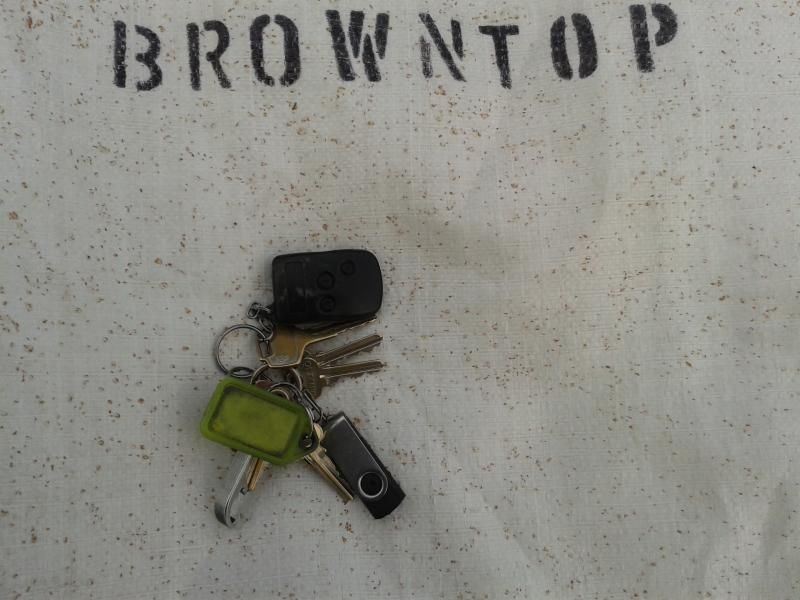Here is a photo of the uniformity achieved by applying 1.5 grams per square metre of bentgrass seed through a modified sprayer. It is so much more efficient and even than a drop spreader. I was able to treat 10 hectares in about 3 hours

Grant,
Over 10 ha. I suppose that means you're doing fairways. What is your objective in seeding in that manner?
Steve
The goal is to alter the species composition of the fairways to produce a more drought tolerant and slower growing surface.
When I started, the fairways were rye/browntop/poa/fescue mix. The rye had been intentionally undersown in a couple of years prior to my starting. In my view, that introduction of rye proved a costly mistake as all mowing scheduling became dictated by that growth habit of the ryegrass. Cutting of 3 times a week was required based on the the growth of the rye while the other grasses where much slower.
Our region is the main seed production area for Browntop in New Zealand so it was an easy decision to identify Browntop as the main species we wished to work with. Some fescues exist naturally but none of the seeded varieties are comparable (I think the fescue seed may actually be grown in the US but Im not 100% sure).
Gradually removal of the rye has been undertaken using low rates of Metsulfuron (which browntop is very tolerant of) and overseeding to increase the browntop population. Currently we are probably at 50% browntop, 25% poa, 15% rye and 10% fescue.
Its a slow process (budget is extremely limited) but the results are proving worthwhile.